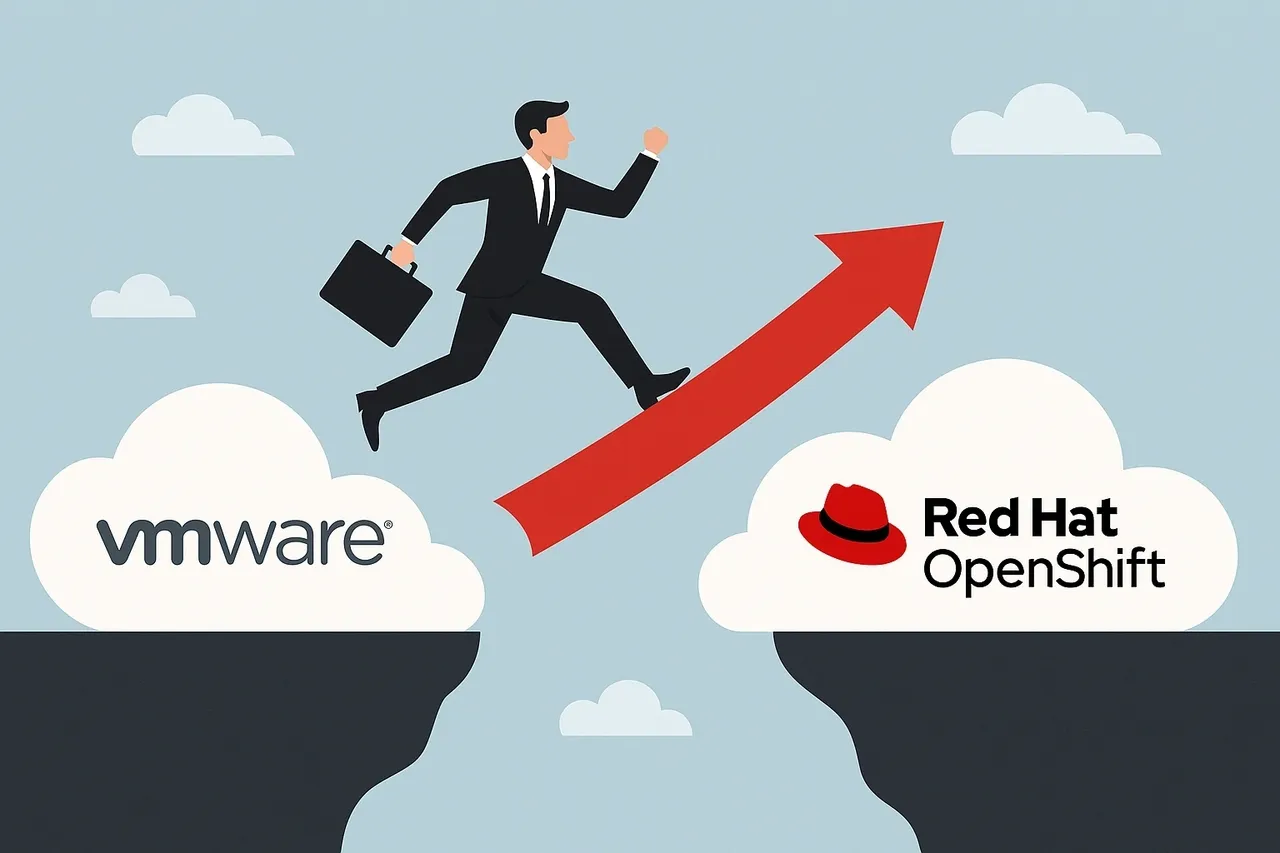Cloud Cost Optimization Strategies: Maximizing Efficiency and Reducing Waste
As organizations increasingly adopt cloud computing, managing costs efficiently has become a priority. Without a proper cloud cost optimization strategy, businesses risk overspending on resources they don’t fully utilize. In this article, we’ll explore key strategies to optimize cloud costs while maintaining performance and scalability.
Understanding Cloud Cost Challenges
Cloud costs can quickly spiral out of control due to various factors:
- Overprovisioning: Allocating more resources than necessary.
- Idle or Unused Resources: Paying for compute and storage that isn’t actively used.
- Lack of Visibility: Unclear tracking of cloud usage and associated costs.
- Inefficient Storage Management: Retaining unnecessary data and underutilizing tiered storage options.
- Poor Workload Scheduling: Running workloads during peak pricing hours unnecessarily.
To mitigate these challenges, businesses need a structured approach to cloud cost optimization.
1. Rightsizing Cloud Resources
One of the most effective ways to control cloud costs is by rightsizing your resources to match actual workloads.
- Analyze resource utilization metrics to identify underutilized virtual machines, databases, and storage.
- Use auto-scaling and instance size adjustments to optimize compute capacity.
- Leverage reserved instances (RIs) and savings plans for predictable workloads to get significant discounts.
2. Implement Cost Monitoring and Governance
Visibility into cloud costs is crucial for optimization.
- Use cloud cost management tools like AWS Cost Explorer, Azure Cost Management, or Google Cloud Billing.
- Set up budget alerts and cost anomaly detection to prevent unexpected spikes.
- Establish governance policies to ensure cost-efficient resource allocation.
3. Optimize Storage Costs
Cloud storage costs can add up quickly, but implementing the right strategies can help minimize expenses.
- Move infrequently accessed data to lower-cost storage tiers like Amazon S3 Glacier or Azure Blob Archive.
- Implement lifecycle policies to automatically delete or transition aged data.
- Compress and deduplicate data before storing it in the cloud.
4. Leverage Spot and Preemptible Instances
For non-critical and batch processing workloads, spot and preemptible instances provide significant cost savings.
- AWS Spot Instances, Azure Spot VMs, and Google Cloud Preemptible VMs offer steep discounts compared to on-demand pricing.
- Use these instances for test environments, big data processing, and workloads that can tolerate interruptions.
5. Automate Workload Scheduling
Cloud pricing can vary based on time-of-day and region.
- Schedule workloads to run during off-peak hours when pricing is lower.
- Shut down non-production resources like development and testing environments outside of business hours.
- Use automation tools like AWS Lambda, Azure Automation, or Google Cloud Functions to start/stop instances based on schedules.
6. Optimize Network and Data Transfer Costs
Data transfer fees can contribute significantly to cloud expenses.
- Minimize unnecessary data movement between regions or cloud providers.
- Use content delivery networks (CDNs) like AWS CloudFront or Azure CDN to reduce latency and costs.
- Consolidate APIs and services to reduce cross-region calls.
7. Implement FinOps Best Practices
FinOps (Financial Operations) brings together finance, operations, and engineering teams to manage cloud spending efficiently.
- Encourage a cost-conscious culture within teams by integrating cost accountability.
- Use tagging and chargeback models to track and allocate cloud spending per department or project.
- Continuously review and refine cloud cost strategies based on usage patterns.
Conclusion
Cloud cost optimization is not a one-time activity but an ongoing process requiring regular monitoring and adjustments. By rightsizing resources, leveraging automation, and applying FinOps best practices, businesses can significantly reduce cloud expenses without sacrificing performance.
Talk to our experts today to implement a tailored cloud cost optimization strategy that fits your organization’s needs! Astronix is here to help you maximize efficiency and reduce waste.






